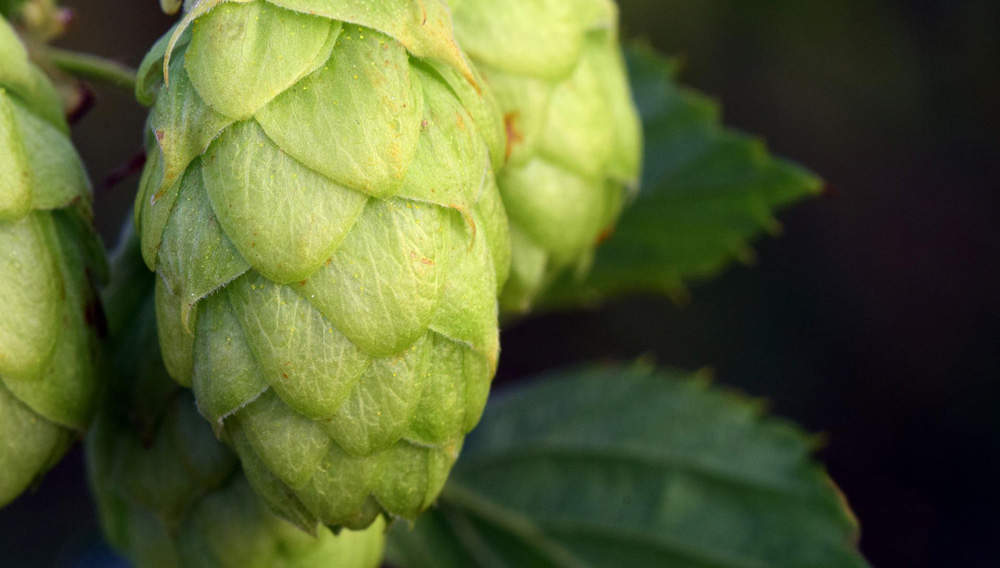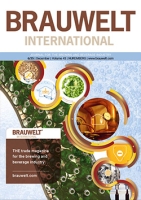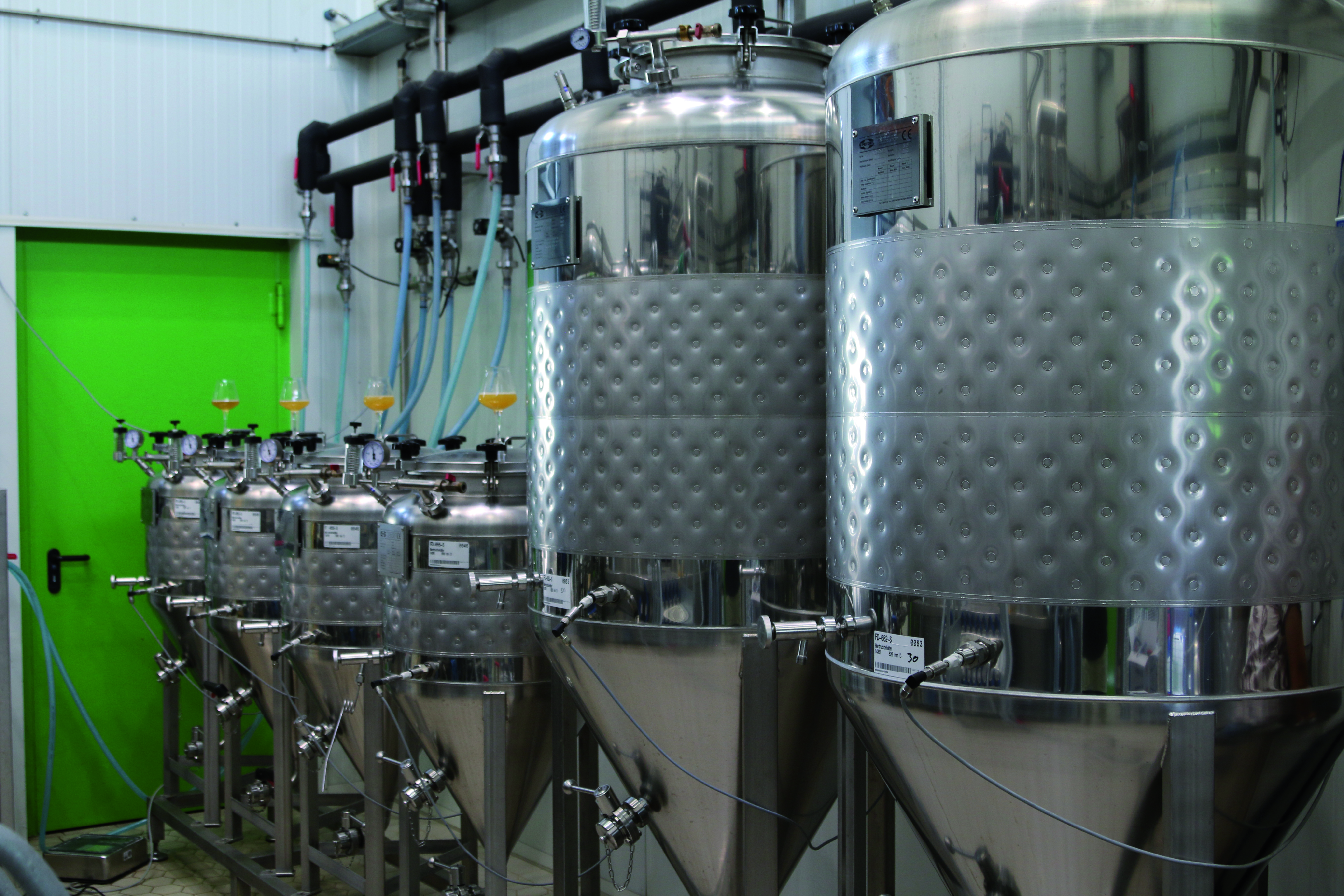
Customer focus | drinktec, having been shelved for a year, is taking place again in Munich from September 12th to 16th, 2022. After the long Covid-19 pause, exhibitors as well as visitors from all over the world are expected. A usually loyal exhibitor at the trade fair has deliberately chosen to refrain from participating this year and strikes out in a new direction. We talked to Joachim Gehde, General Manager of Hopsteiner in Mainburg, about the reasons and what he is planning.
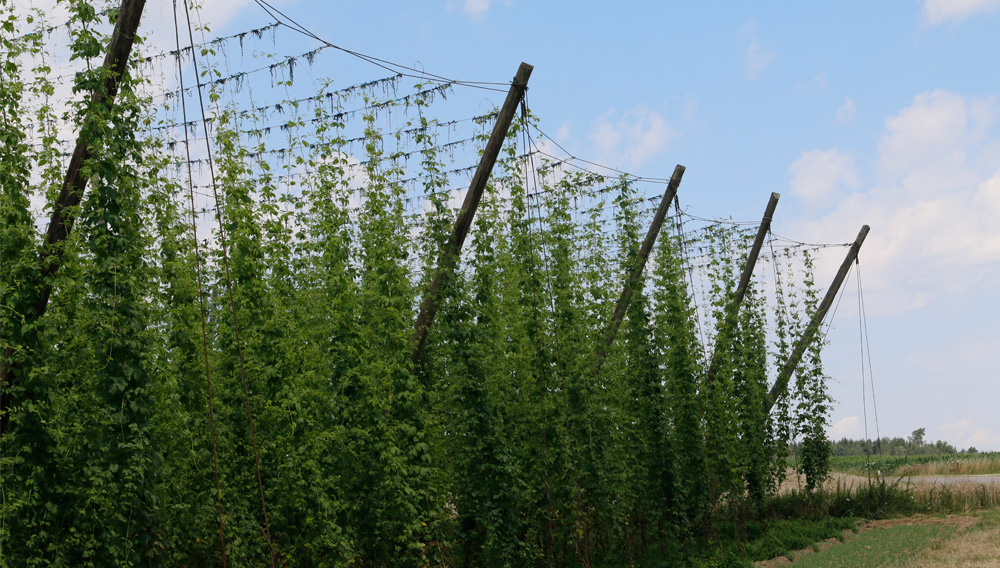
Promoting organic hops | A new organization devoted to marketing hops has been created in Tettnang. What sets it apart from existing organizations is that it focuses entirely on the promotion of organic hops. Why a separate organization, why now, and why in Tettnang? The founders Lukas Locher, Charlotte Müller and Johanna Scholz answer these questions in this exclusive interview with BRAUWELT International.
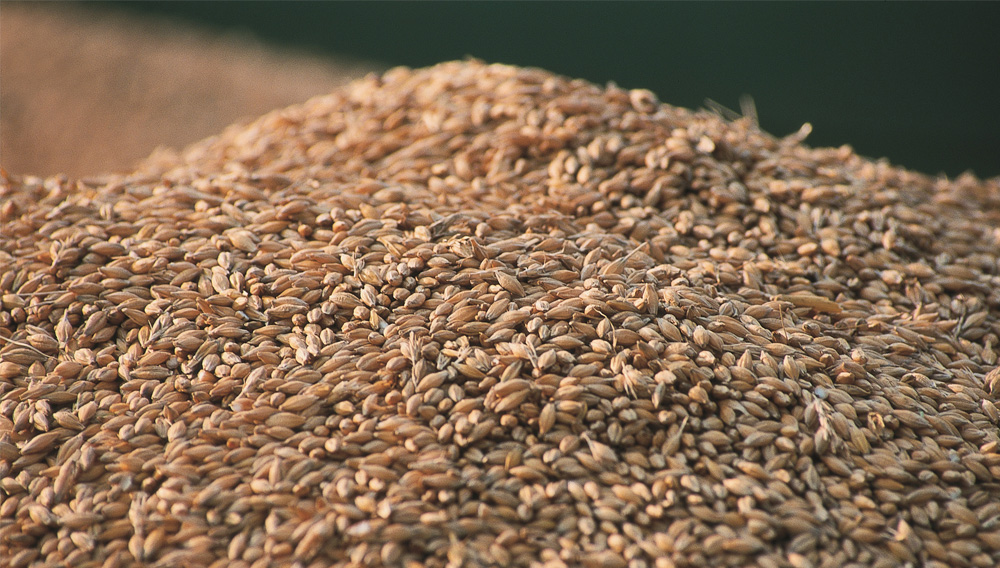
A new analytical approach | The contribution of different malt types to the beer aroma is traditionally assessed by trial-and-error testing in pilot scale. In this article, we describe a new analytical method that shows promising results in predicting specific aroma properties of bottom-fermented beers based on the analysis of marker volatiles in the malt mixtures applied for brewing without the need for extensive brewing trials and beer sensory evaluation.
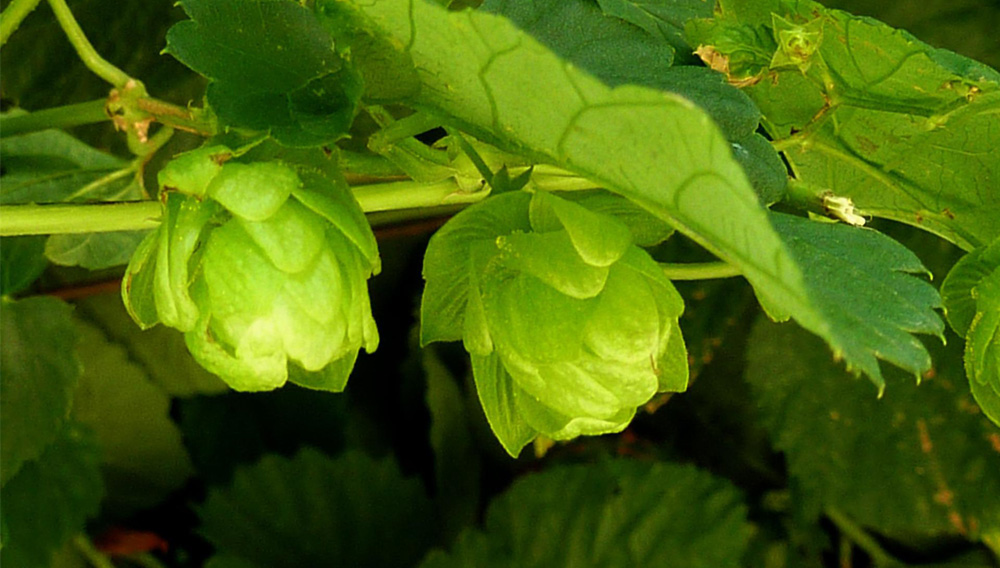
Aroma extraction | Dry hopping poses challenges for brewers all over the world. These range from high beer losses, significant effluent pollution, low extraction efficiency to the hop creep effect. This three-part series of articles highlights the main concerns and provides an approach for finding a solution. The approach presented ranged from lab tests with just a few litres up until first industrial projects with batch sizes of more than 3500 kg of hops.
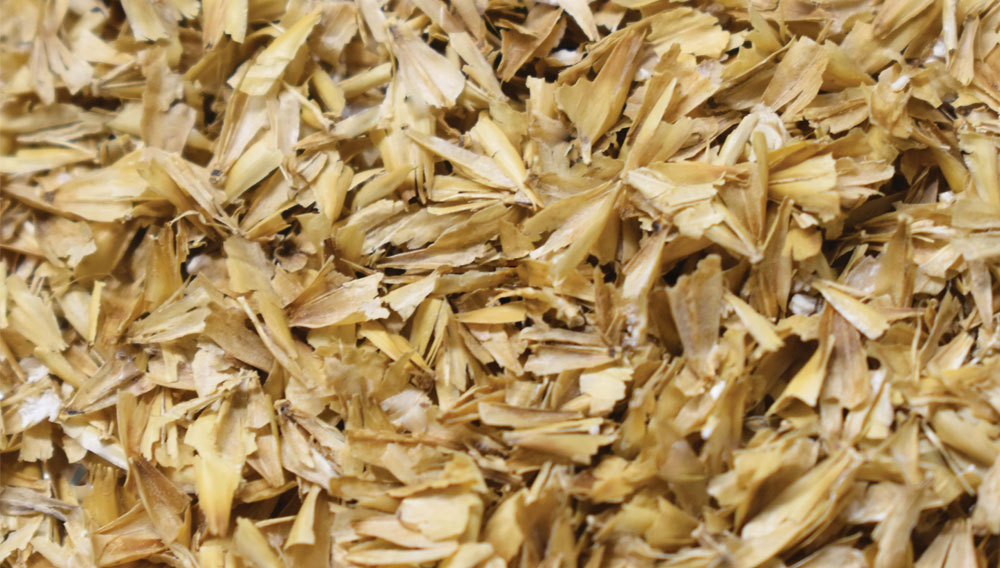
Pure malt grist | To help businesses facing the challenge of rising costs and fluctuating raw material qualities, Bühler introduces its innovative DDH Dry Dehusking technology. By replacing the hammer mill with a roller mill in mash filter applications, the new system increases brewhouse capacities, compensates for different malt qualities and allows for significant energy savings, less wear and reduced risk of explosions.
Malt project awarded | After the Ludwig Narziß Awards for Brewing Science had first been granted on 30 May 2022 during the EBC Congress in Madrid, the second part of the award ceremony finally took place on 8 August 2022, at the Guest Centre of Malzfabrik Weyermann in Bamberg – this time in the presence of all authors.
Without surplus into new harvest | The supply of spring malting barley in the EU is assessed quite differently. What is certain is that the market is entering the new season without any surpluses from the old harvest.
Malt publication awarded | The Ludwig Narziß Award for Brewing Science was granted for the 8th time during the 38th EBC Congress at the end of May 2022. For the first time, the winning publication came from the field of malt research. The previous winning entries came from hop research, yeast research and the field of microbiology.
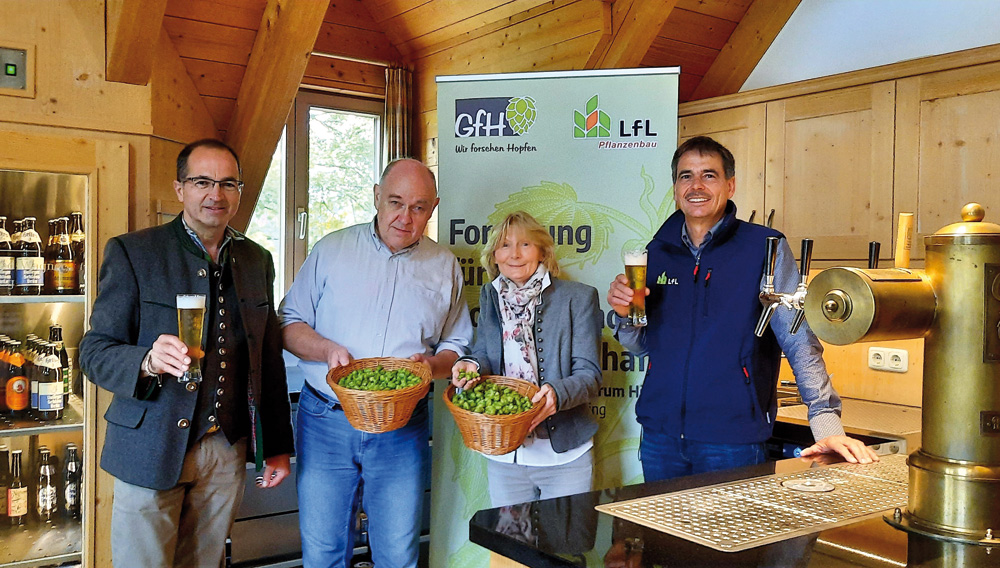
Modern hop production | Tango is the new aroma variety from the Hüll Hop Research Center that clearly mirrors Hüll’s cultivation strategy of “low input, high output”. It combines outstanding brewing quality, climate stress tolerance and optimised growth and resistance properties with the sustainability of a modern cultivar.

Trend spotting | In February 2022, Walter König, Managing Director of the Gesellschaft für Hopfenforschung e.V. (Society for Hop Research; GfH) in Hüll, Germany, visited the USA and spoke with BRAUWELT International author Horst Dornbusch about his trip, German hops and the U.S. craft beer market.
Welcome to Massachusetts, Walter, and thank you for agreeing to an interview. Let me jump straight into my questions: You are the General Manager of the Society for Hop Research (GfH) in Hüll. Why are you here; and why now, on this wintery February day?

Heat recovery | Stopping the use of fossil fuels is more urgent than ever, but still no emission-free maltings has been constructed so far. On average, malting of barley results in a carbon footprint in the range of 100–350 kg per ton of produced malt, depending on the malt variety, the efficiencies and used fuel types. In the following article the authors from Holland Malt, The Netherlands, introduce the concept of a completely electrified kilning system powered by large-scale heatpumps.

